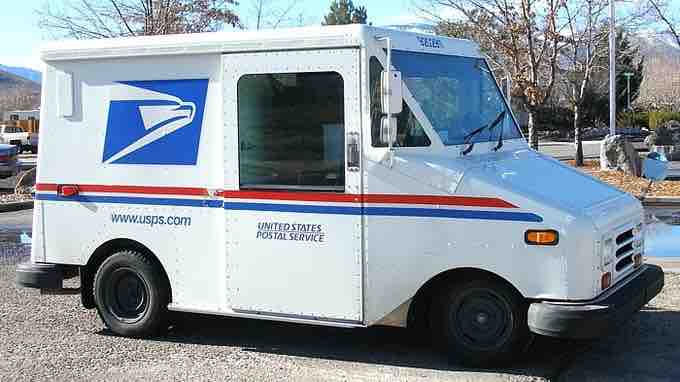Mixed Economies
What is a Mixed Economy?
A mixed economy is an economic system in which both the state and private sector direct the economy, reflecting characteristics of both market economies and planned economies. Most mixed economies can be described as market economies with strong regulatory oversight, in addition to having a variety of government-sponsored aspects .

A mail truck
Restrictions are sometimes placed on private mail systems by mixed economy governments. For example, in the United States, the USPS enjoys a government monopoly on nonurgent letter mail as described in the Private Express Statutes.
While there is not one single definition for a mixed economy, the definitions always involve a degree of private economic freedom mixed with a degree of government regulation of markets.
The Plan Behind a Mixed Economy
The basic plan of the mixed economy is that:
- The means of production are mainly under private ownership;
- Markets remain the dominant form of economic coordination; and
- Profit-seeking enterprises and the accumulation of capital would remain the fundamental driving force behind economic activity. However, the government would wield considerable indirect influence over the economy through fiscal and monetary policies designed to counteract economic downturns and capitalism's tendency toward financial crises and unemployment, along with playing a role in interventions that promote social welfare. Subsequently, some mixed economies have expanded in scope to include a role for indicative economic planning and/or large public enterprise sectors.
The relative strength or weakness of each component in the national economy can vary greatly between countries. Economies ranging from the United States to Cuba have been termed mixed economies. The term is also used to describe the economies of countries which are referred to as welfare states, such as Norway and Sweden.
What do Governments Provide?
Governments in mixed economies often provide:
- Environmental protection,
- Maintenance of employment standards,
- A standardized welfare system,
- Maintenance of competition.
Who Supports the Ideal of Mixed Economies?
As an economic ideal, mixed economies are supported by people of various political persuasions, typically center-left and center-right, such as social democrats or Christian democrats. Supporters view mixed economies as a compromise between state socialism and laissez-faire capitalism that is superior in net effect to either of those.
Keynesian economics advocates a mixed economy — predominantly private sector, but with a significant role of government and public sector. It also served as the economic model during the later part of the Great Depression, World War II, and the post-war economic expansion (1945–1973), though it lost some influence following the tax surcharge in 1968 and the stagflation of the 1970s. The advent of the global financial crisis in 2008 has caused a resurgence in Keynesian thought.